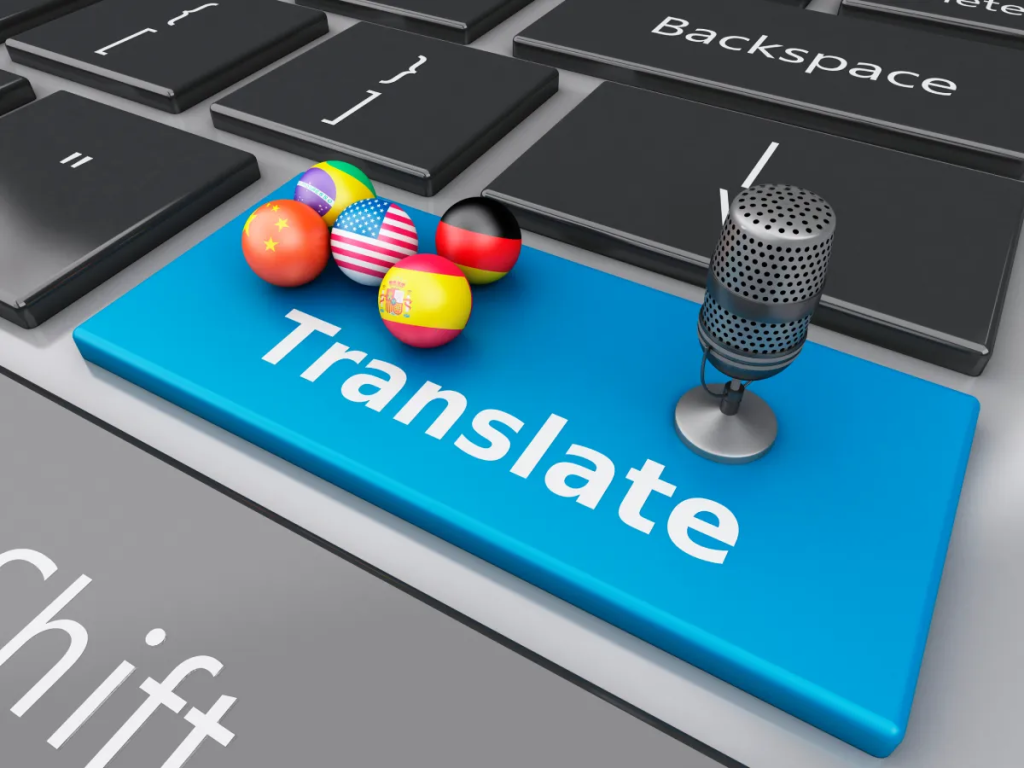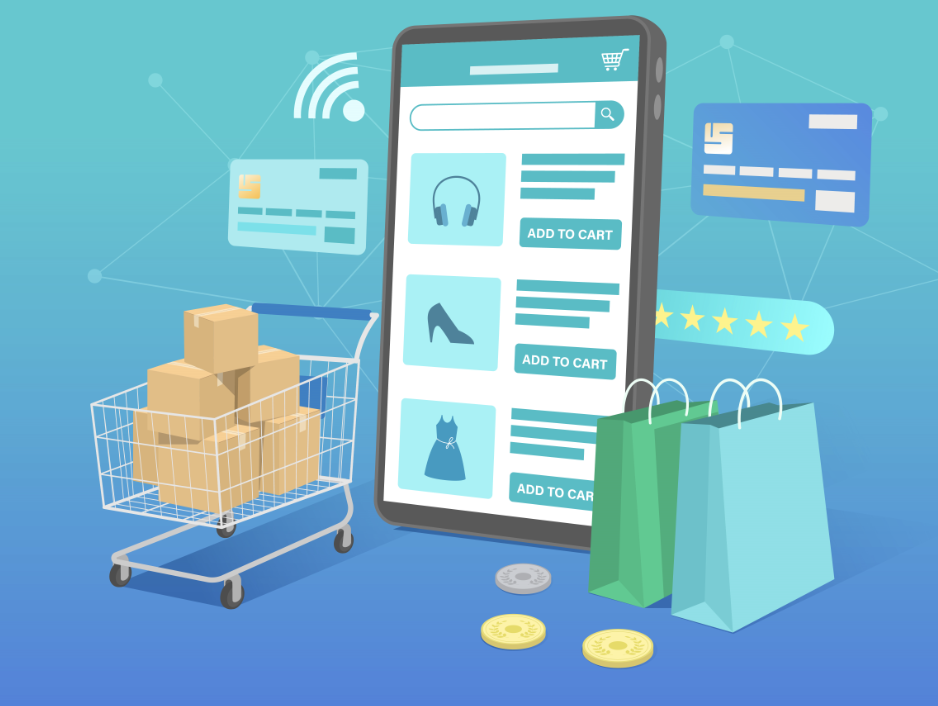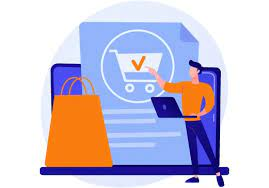In the highly competitive world of e-commerce, accurate product description translations are crucial for attracting and retaining customers globally. Here are some effective ways for e-commerce platforms to achieve this.

I. Hire Professional Translators
- Industry Expertise: Employ translators with in-depth knowledge of the specific product or industry. For example, when translating technical products like electronics, a translator with an engineering background can better handle the complex terminology, ensuring accurate and clear descriptions.
- Cultural Understanding: Translators should also be well-versed in the cultural nuances of the target language. A phrase or concept that works in one culture may not be appropriate or easily understood in another. This cultural awareness helps in creating product descriptions that resonate with the local audience.
II. Use Translation Tools and Technologies
- Translation Memory Tools: These tools store previously translated segments, ensuring consistency in terminology across different product descriptions. If a particular product feature is described in a certain way in one translation, the same term or phrase will be used consistently in other related translations, reducing confusion.
- AI-Assisted Translation: Leverage AI-powered translation software that can quickly provide initial translations. However, it’s important to have human translators review and edit these translations to correct any inaccuracies or awkward phrasings. AI can handle large volumes of text efficiently, but human expertise is needed for the final touches.
III. Implement a Review and Quality Assurance Process
- Peer Review: Have translators review each other’s work. A fresh pair of eyes can often catch errors or areas for improvement that the original translator may have missed. This collaborative approach helps to enhance the overall quality of the translations.
- Testing with Native Speakers: Conduct user testing with native speakers of the target language. They can provide valuable feedback on the clarity, cultural appropriateness, and overall understandability of the product descriptions. Based on this feedback, necessary adjustments can be made to ensure the translations are accurate and effective.

IV. Provide Clear Guidelines and Context
- Style Guides: Create detailed style guides that outline the tone, voice, and formatting requirements for product descriptions. This ensures consistency in the messaging and branding across all languages. For example, if the brand has a friendly and informal tone in English, the translations should also maintain a similar tone in other languages.
- Product Information: Provide translators with comprehensive product information, including its features, benefits, and intended use. The more context they have, the more accurate and detailed the translations will be. This helps them make informed decisions when choosing the most appropriate words and phrases to describe the product.
V. Continuously Update and Improve
- Market Research: Stay updated on the latest market trends, consumer preferences, and language changes in different regions. This allows e-commerce platforms to adapt their product descriptions accordingly and ensure they remain relevant and appealing to the target audience.
- Feedback Loop: Establish a feedback loop with customers and internal teams. Encourage customers to report any issues or confusion they encounter with the translated product descriptions. Internal teams, such as marketing and customer service, can also provide insights based on their interactions with customers. Use this feedback to continuously improve the accuracy and quality of the translations.

By following these strategies, e-commerce platforms can ensure that their product descriptions are accurately translated, providing a seamless shopping experience for customers worldwide and ultimately driving business growth in the global marketplace.





